Slugs are the enemy of all and every gardener trying to cultivate almost any kind of outdoor plants. Whether the pesky creatures are nibbling on your narcissus, munching on your marigolds, or chomping on your chillies, they are an unwelcome inhabitant that'll have you wondering just how to get rid of slugs. They are vicious at decimating new plant growth, can completely wreck a tray of seedlings, ruin fruit and vegetables virtually overnight, and create ugly holes in decorative plants.
Slugs are a formidable foe for British gardeners. There are over 40 different species in the UK, although obviously not all of them will be in your garden. Slugs can easily eat around forty times their weight in the space of a day. Some can extend to twenty times their own length in order to sneak through gaps in garden fencing and other barriers. They lay around 100 eggs at a time - and several times a year. For all these reasons you're up against a tough fight in your battle to try and manage the mini beasts.
Best ways to get rid of slugs at a glance:
• Best protective slug rings: Crocus Set of Six Original Copper Slug Rings - View on Crocus
• Best natural solution: Vitax 5SLG1 Slug Gone Natural Wool Barrier Pellets - View on Amazon UK
• Best biological solution: Nemaslug Slug Nematodes - View on Amazon UK
While we can sadly report you will never be able to completely banish the invertebrates from your garden, there are ways you can discourage them, stop them from attacking certain plants, and if you want to go all out, ensure their demise. We have a selection of savvy solutions from gentle barriers to halt them in their slimy tracks, to biological weapons that offer a natural way to eliminate them.
How to get rid of slugs in your garden
Best protective slug rings
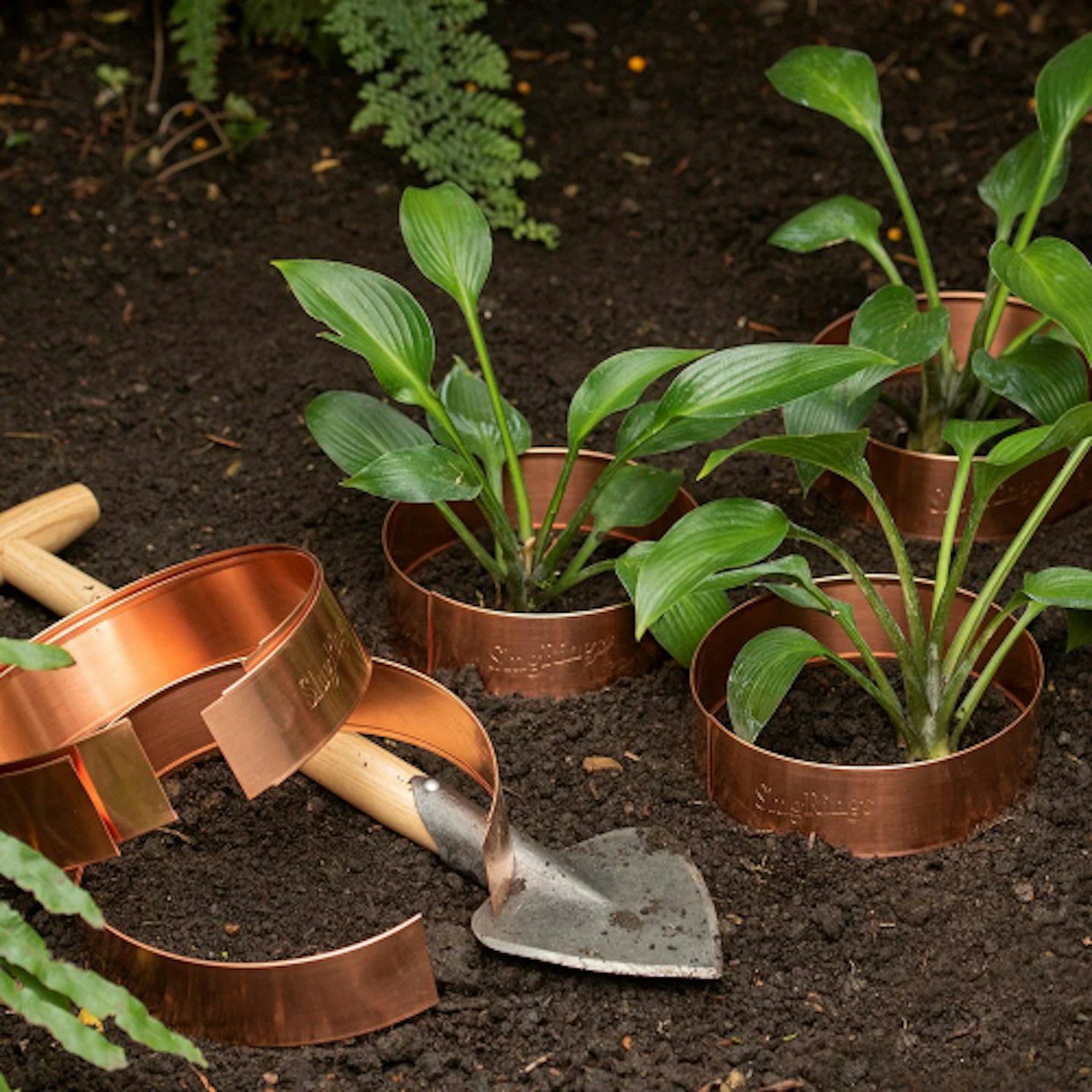 Crocus
Crocuswww.crocus.co.uk
Copper is like slug kryptonite - they hate it. This is because it gives them an electric shock as they touch it. Slugs (and snails) secrete a kind of mucus and this substance reacts with the copper for a small shock. This doesn't cause any long-term harm to the creatures, but it does deter them from passing over it.
These copper rings from Crocus are a high-end, robust solution to protect your plants from slugs. You place the rings around the plants, either in pots or beds, you want to protect and you can be sure they won't get attacked.
These rings measure in at 5cm tall with a 17.5cm diameter, so the ideal size for young, vulnerable plants, but you can open the rings and join them together to create a larger diameter. These arrive shiny and new, but will get a more natural patina over time when they will still be just as effective.
Pros
- An attractive solution that will age and blend into your garden
- Two rings can be linked together to create a larger ring
Cons
- Only a six-pack - you'll need a lot for a larger garden
Best natural solution
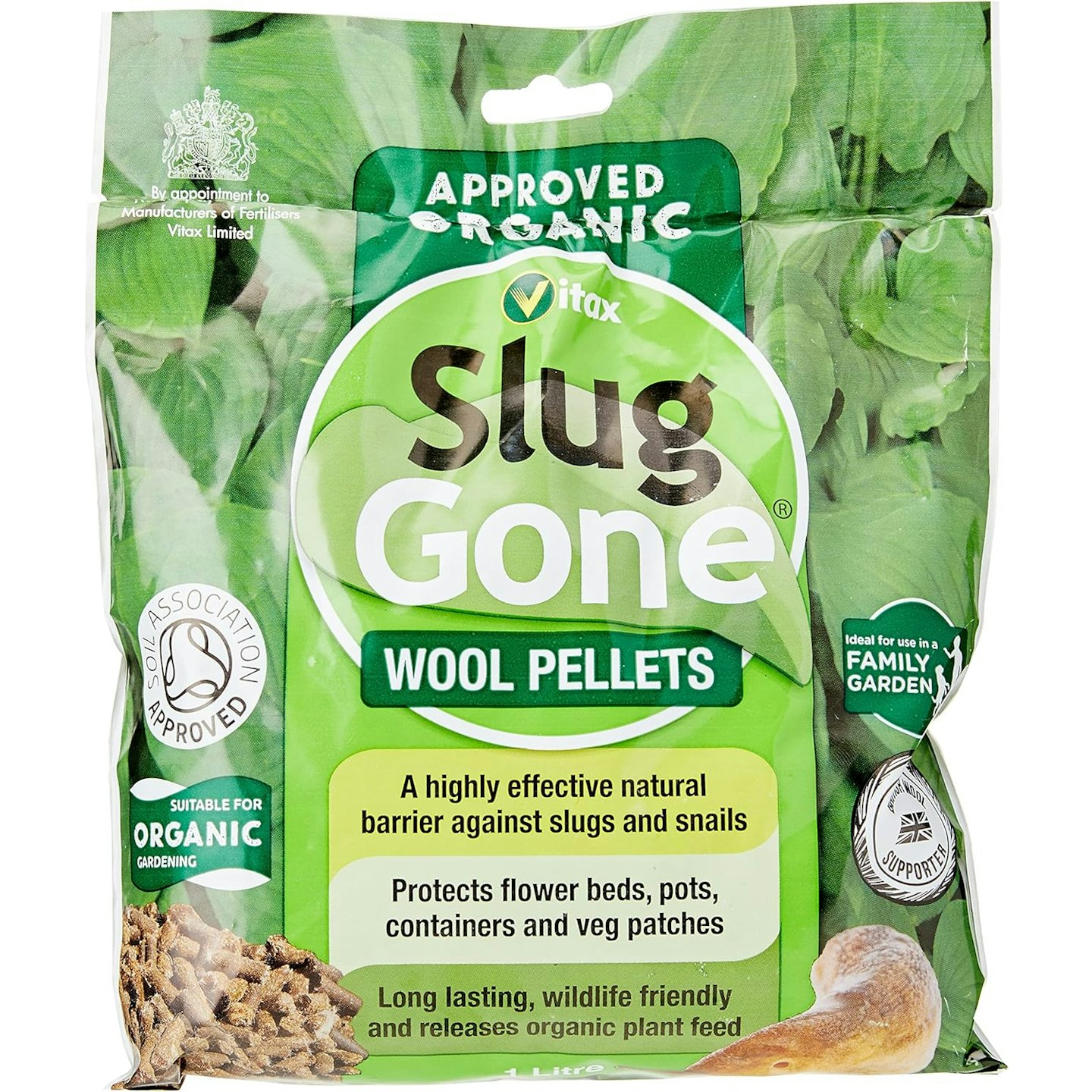 Vitax/Amazon
Vitax/AmazonAnother preventative method comes in with the use of a surprising material - recycled wool. Formed into small pellets, these little wool-based bundles are designed to be placed around the base of plants to stop slugs accessing the greenery.
Slugs can't easily cross the kind of felt-like texture these pellets create when watered in. These are organic, and Soil Association Approved, so you're good to use these in gardens with pets and kids, and safe to use them on fruit and vegetable growth.
As an added bonus, these pellets contain fertiliser-like nutrients, so as they naturally biodegrade over time, they release helpful goodness into the soil.
Pros
- These pellets are safe, organic, and Soil Association Approved
- Contain nutrients that they release as they break down
Cons
- Will biodegrade over time so will require replenishing
Best biological solution
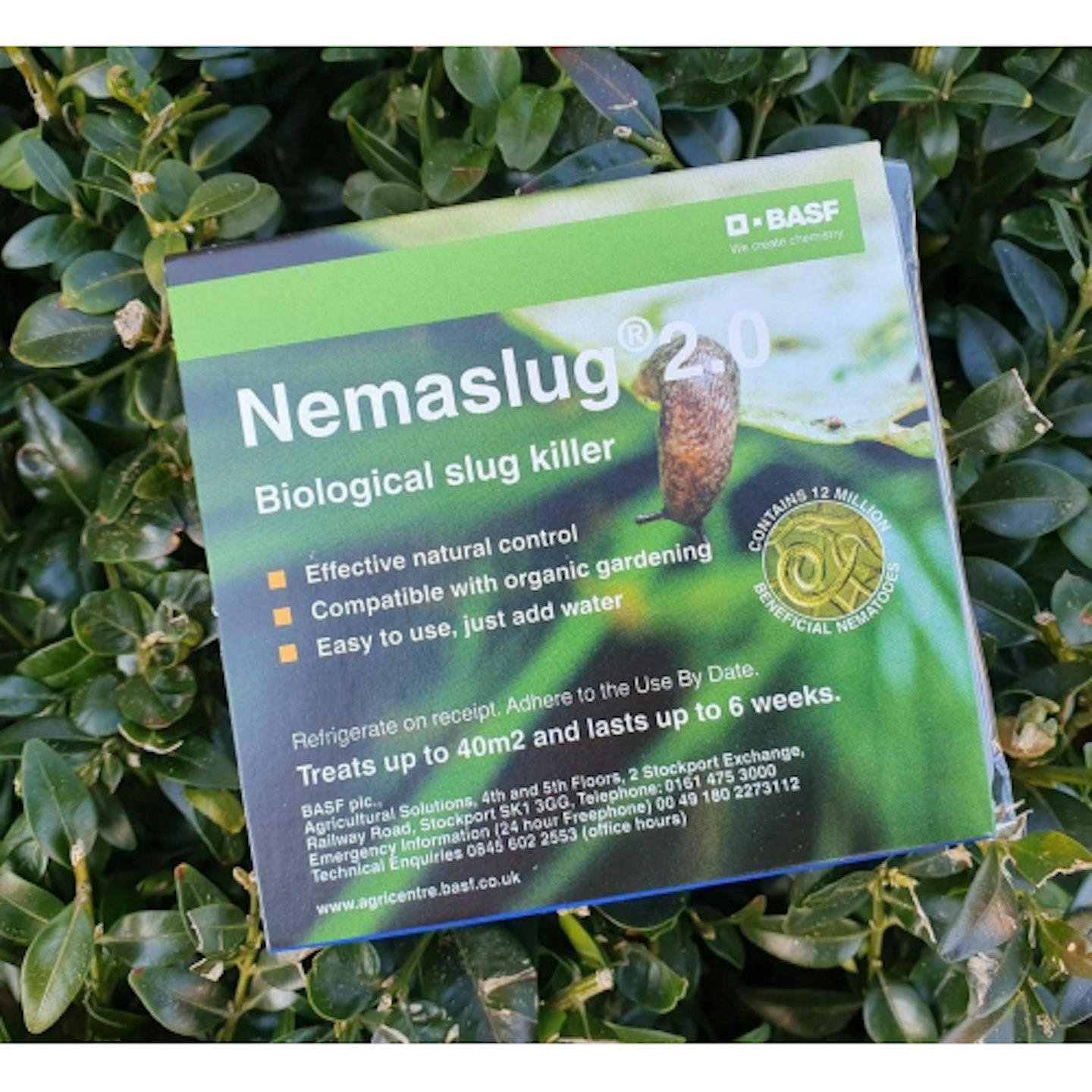 Nemaslug/Amazon
Nemaslug/AmazonArguably one of the most aggressive slug-stopping solutions in this roundup, this is still organic, approved by the Soil Association, and safe for children, pets, wildlife, and plants. This option involves nematodes, microscopic creatures that act as parasites on other insects. Nematodes are found naturally in British soil - by applying these you're just upping the concentration.
Nematodes release bacteria into the slug's body to kill them, then eat them as they become weak. If your conscience can cope with that, this option is highly rated with reviewers describing them as their 'biological weapon' against garden pests.
You simply add the nematodes to water and apply where needed. If you're not confident applying this with an ordinary garden watering can, you can buy a special applicator which is like a small watering can that attaches to your garden hose.
Pros
- Actually eliminates slugs rather than just deterring them
- A natural option that utilises natural creatures already found in soil
Cons
- These are a "live" solution so have a limited shelf, or fridge, life
Best fabric-based solution
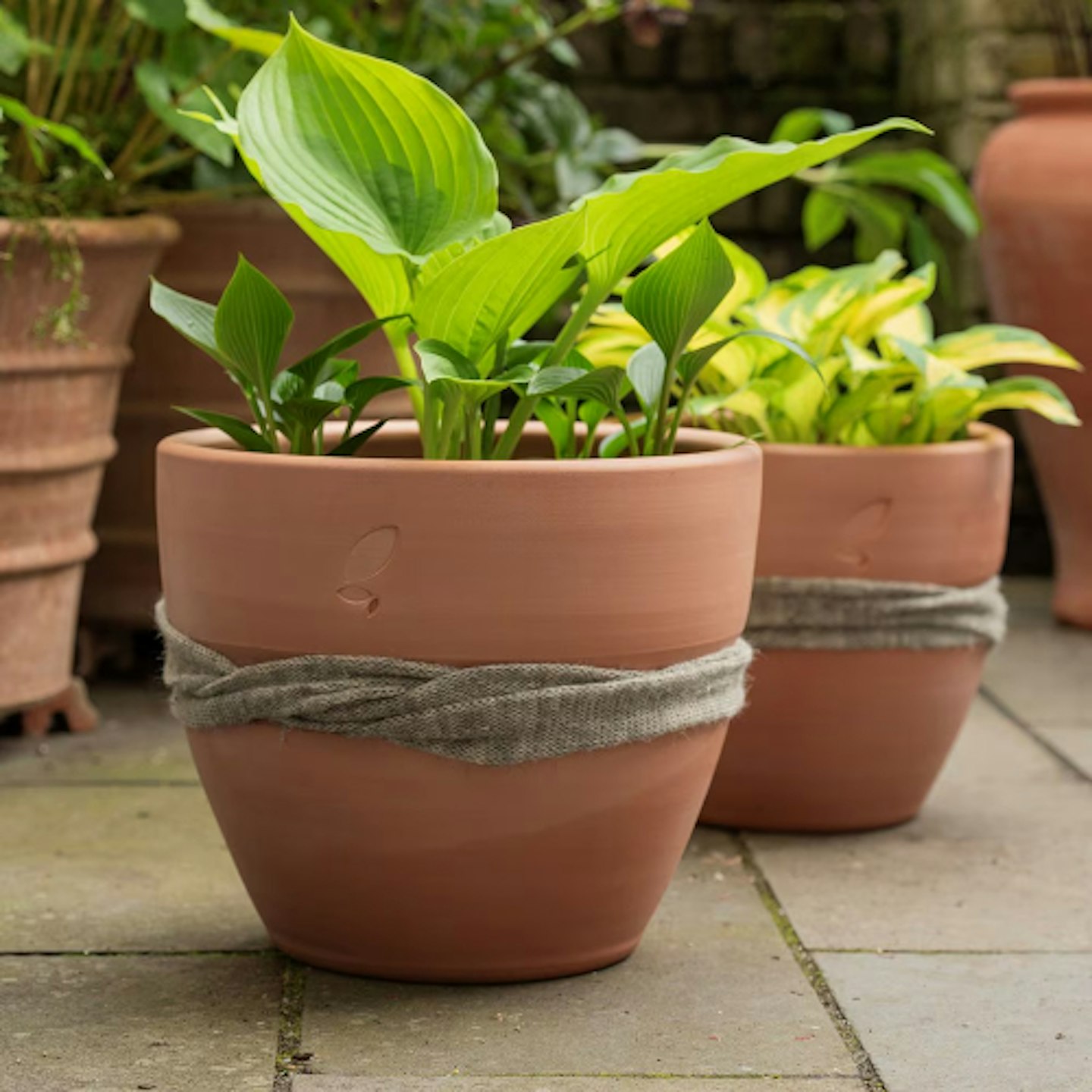 Wool Pot/Crocus
Wool Pot/Crocus www.crocus.co.uk
This is another wool-based solution offering a gentle way to discourage slugs from munching on your precious plants. It's comprised of a wool scarf for your pots, planters, and containers, which creates a rough barrier that slugs find uncomfortable to try and slide over.
This is made from 100 per cent British wool and is supplied in a long, five-metre roll. You simply cut the roll to size to suit your pots and tie it around. Twisting it first makes for a more effective barrier and also offers an attractive, decorative touch. This can also be used on house plants.
Pros
- A low-cost option that's simple to utilise on your pots
- Made from 100% British wool that can be cut to size
Cons
- Only works on containers, planters, and pots
Best slug-repelling mats
 Crocus
Crocus www.crocus.co.uk
Copper comes into play again with these Strawberry Mats. These are reusable plant 'collars' that are impregnated with copper to create a fabric barrier slugs won't want to cross.
These mats have a 27cm diameter with a pre-cut slit so you can slide them around your plants. Despite the name, these can obviously be used around the base of any suitably-sized plants.
As well as repel unwanted slimers, these mats suppress weeds that might threaten to strangle your plants, and can help to retain moisture in the soil.
Pros
- The mats contain copper so that slugs won't want to cross them
- Also supress weed growth and can help water retention
Cons
- Although effective, it's not a particularly attractive solution
Best organic slug pellets
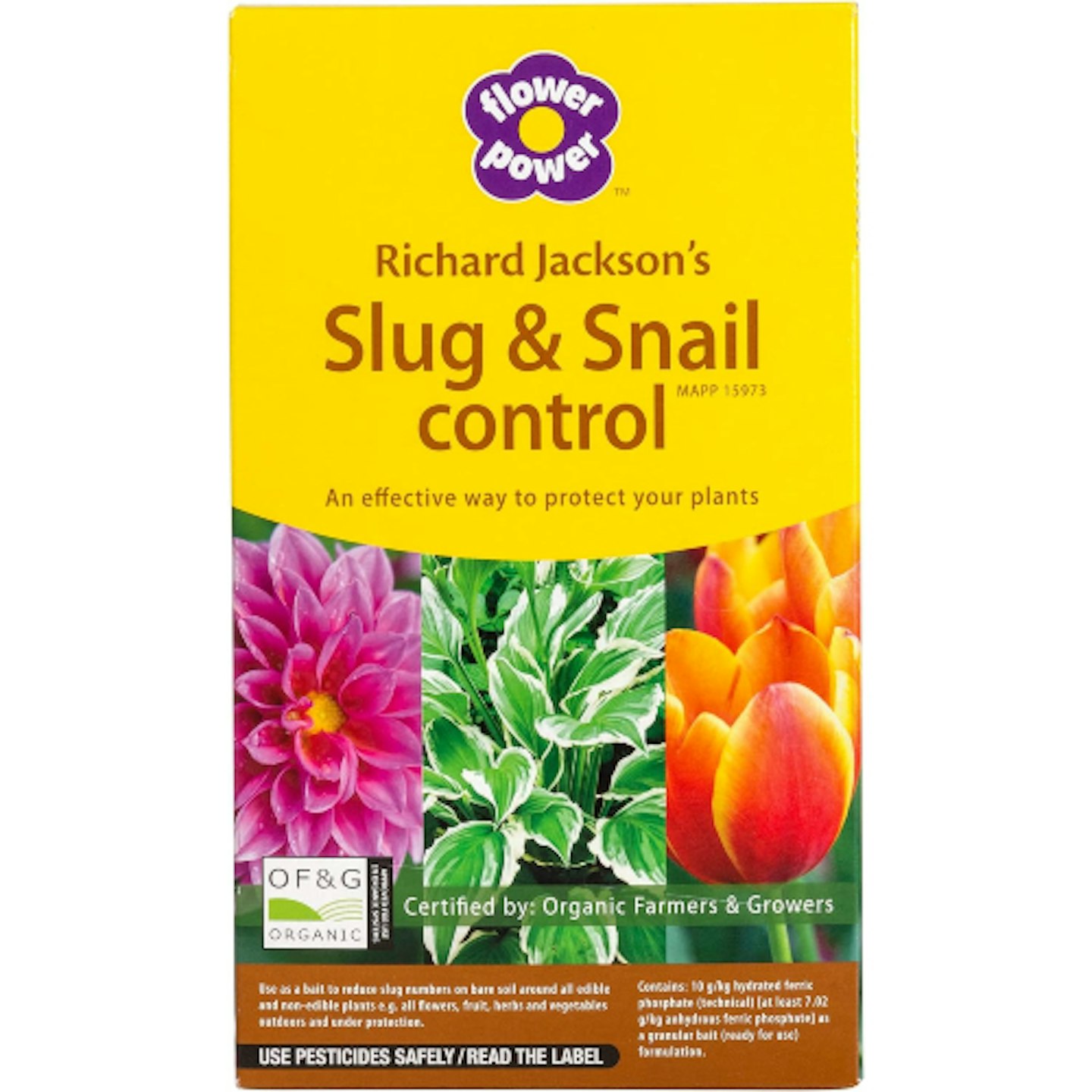 Flower Power/Amazon
Flower Power/AmazonAnother proactive solution comes in with slug bait that you can scatter on open soil, either in beds or in containers, in the hope the slippery suckers chow down on it. This Richard Jackson Slug & Snail Control has an active ingredient - iron phosphate. This affects a slug's digestive system, stops them from feeding, and often sees them go into hiding. The inevitable will then ensue.
These pellets are certified by Organic Famers & Growers so you're fine to spread them on the soil of not just decorative plants, but every kind of fruit, veg, and herbs.
Rain-resistant and long-lasting, a 1.2kg pack of these pellets can treat up to 240 square metres, so should cover you for a fair few plant pots. If these aren't eaten by pests, they break down into a nutrient to enrich your soil.
Pros
- These pellets are certified by Organic Famers & Growers for safe use
- One pack of pellets, spread correctly, can cover a large area
Cons
- The blue pellets are visible in your pots and beds
Best barrier tape
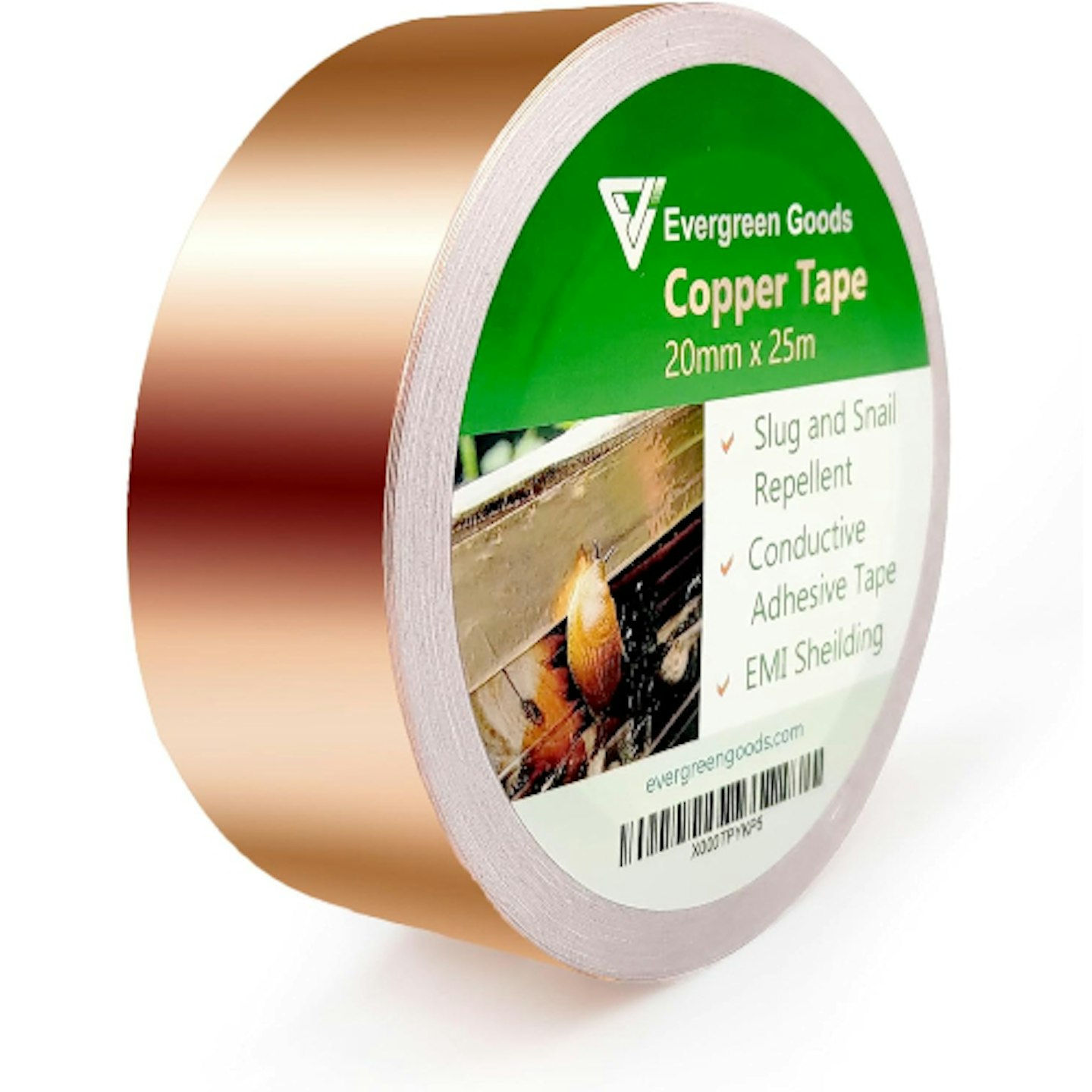 Evergreen Goods/Amazon
Evergreen Goods/AmazonA more affordable, and versatile, option than solid copper rings, copper barrier tape contains that crucial conductive material, but can be taped around the base or rims of all kinds of pots, planters, containers, and even areas of your garden, such as patio or decking edges.
This tape is self-adhesive and simply needs to be applied as you would any tape and cut to size. This comes in a range of widths; 20mm, 24mm, and 50mm with the wider sizes being more effective.
Pros
- A budget-friendly choice that's versatile as to where it can be used
- Available in three different widths to suit your needs
Cons
- Simply deters slugs rather than getting rid of them
How we chose the best solutions to get rid of slugs
All of these solutions have been hand-selected by our team of Modern Gardens shopping experts. We carefully considered the method, effectiveness, and eco-credentials in our selection of the best. Our team has spent hours investigating and researching ways to get rid of slugs to make it easier for you to find the very best, and we'd never recommend a product we don't believe in.
Where possible, we also test and share the latest and best products you should know about. And with help from Modern Gardens Magazine, Garden News and Garden Answers, we share expert gardening knowledge to help you get the most from your product.
Is there anything to like about slugs?
Arguably, slugs are an important part of your garden's ecosystem. Along with snails, they provide an important food source for wildlife, such as birds, hedgehogs, frogs, toads, and slow worms. Whether or not you want to risk your hostas for the sake of a hedgehog is of course down to you.
Many species of slugs are decomposers, so they feed on dead leaves, other dying plant matter, over-ripe fruit, veg, and berries, dead creepy-crawlies, and even poo. They should be welcome in your compost bin for these reasons.
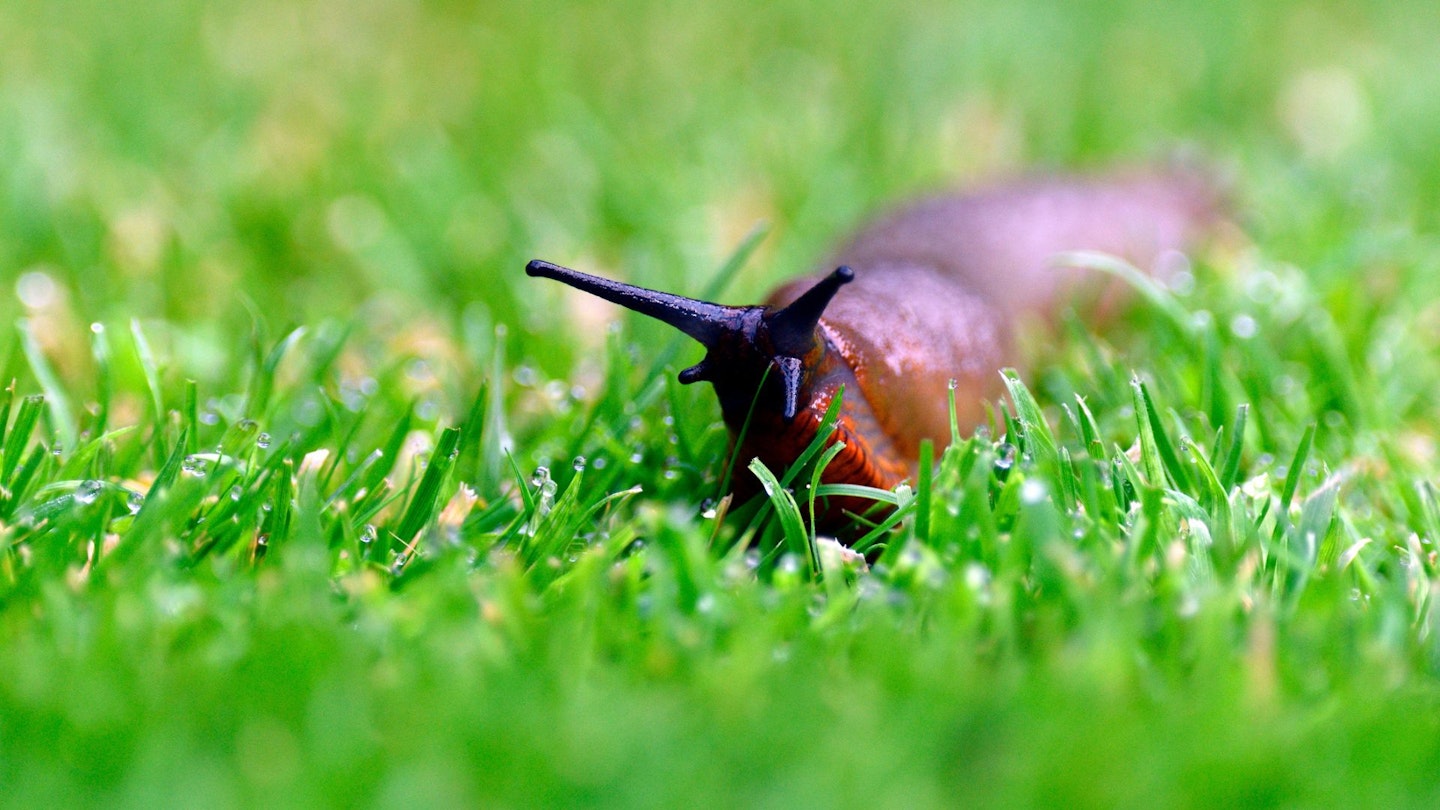
What else can I do to fight slugs?
Putting a bird feeder in an area where you have a slug problem is a great solution to let nature take its course in the hope the birds you've attracted pick off the slugs. Blackbirds, thrushes, and starlings are all partial to a slug supper.
Slugs are most active at night, so if you're not squeamish, popping out to the garden at dusk, or even at night with a torch, and gathering slugs is an option some more keen gardeners recommend. You could dump the slugs in your compost bin - or chuck them over the neighbour's fence (we're joking).
Creating a wildlife pond is not an option that everyone will be able to take, but anything to encourage frogs and toads into your outside space will help keep your slug population under control.
Another ecosystem hack is to try and attract hedgehogs into your garden. Make hedgehog-friendly holes in your garden's borders so they can access your property and set up a welcoming hedgehog house in a quiet spot. Alternatively, a few logs and a dry pile of leaves can be attractive to hogs.
Are there any plants slugs won't eat?
A different tack to take in your fight against slugs is to ensure your gardening planting is completely unpalatable to the invertebrates. Strong-smelling plants, plants with stems that can't be slimed along, and plants too lightweight to support a slug's weight are all options to consider.
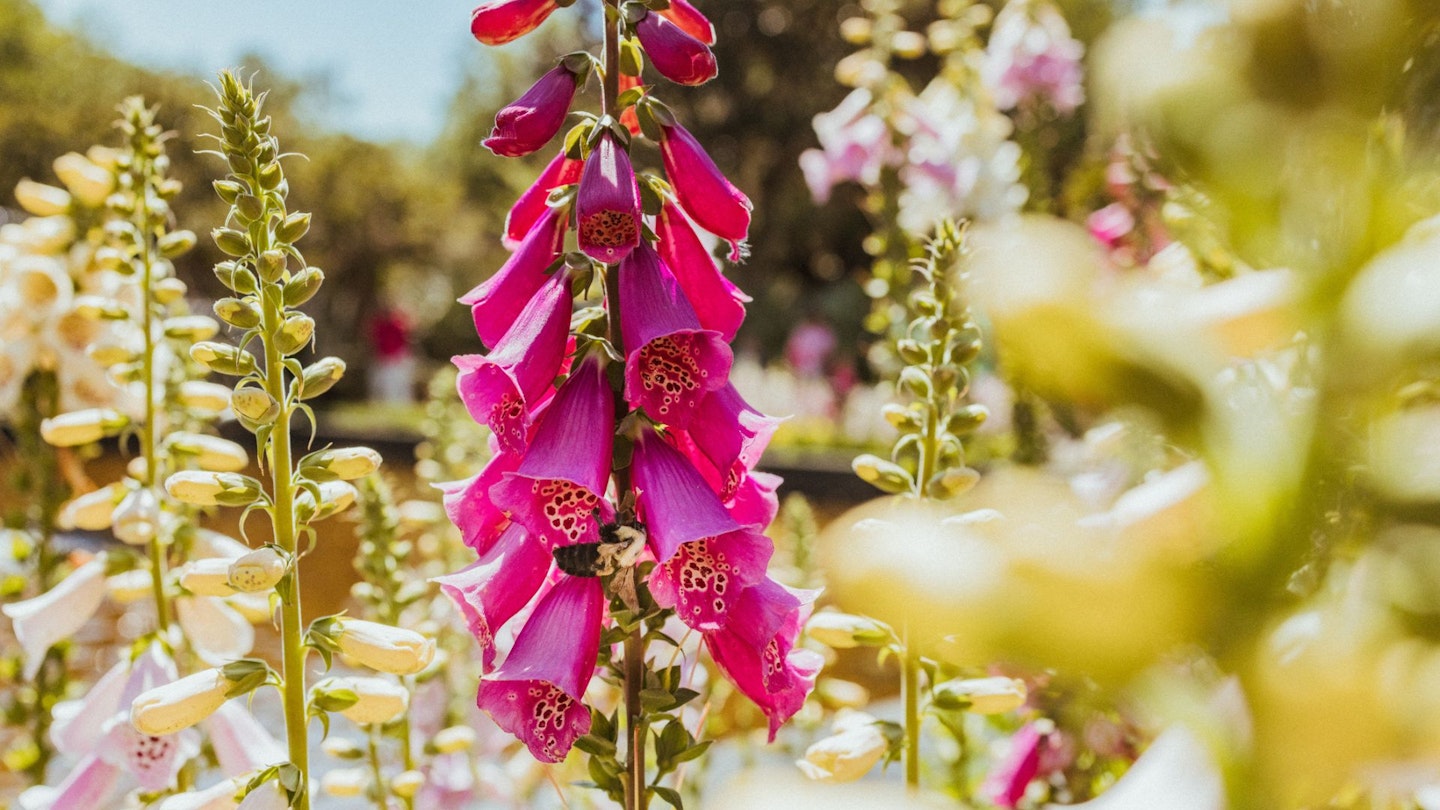
Foxglove - contains toxic cardiac glycosides, a poison - even to humans - so slugs do a serious swerve.
Lavender - slugs don't like the resinous quality that creates an oily effect or the strong fragrance.
Rosemary - for the same reasons as lavender, slugs avoid rosemary, so your scented herb will be safe.
Ferns - can't climb the feathery leaves and foliage and there are so many varieties you can choose from.
Roses - a fact that makes many gardeners very happy, slugs can't slide over the thorns.
Succulents - the more robust versions of these tend to be left alone as slugs can't munch through the thick leaves.
Garlic - hated by slugs (some people swear by spreading it on beds) you can get attractive flowering varieties.
What to read next:
How to stop cats pooping in your garden with humane deterrents
Subscribe to Modern Gardens magazine and get the most out of your outdoor space. Discover everything you need to know to make your outside space look fantastic, quickly and easily, with hundreds of simple ideas, designer tricks, affordable products and expert advice in every issue of Modern Gardens. View our latest subscription offers to save on shop prices.
Amy-Mae Turner is a Commerce Content Writer for Modern Gardens, Yours, Take A Break Pets, and A Modern Kitchen. When she's not pottering in the garden or mucking around in the kitchen, she can be found having doggy cuddles with her two beloved cockapoochis.
